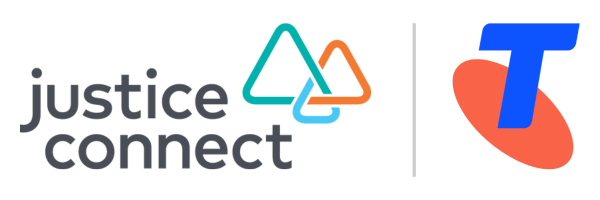Understanding insurance, disasters and how to make a digital inventory of your belongings
Last updated 17 April 2025
Last updated 17 April 2025
This page provides information if:
You want to understand insurance, especially in the context of preparing for disasters; and
You want to learn how to create a digital inventory of your belongings, in case you need to make an insurance claim in the future.
Insurance is a way to protect yourself from big, unexpected costs when life doesn’t go as planned. You pay a regular amount of money – called a premium – to an insurance company. Then, if something goes wrong, like a disaster, the insurance company will help cover the costs of replacing what you’ve lost.
There are many insurance policies out there. The three most common types in Australia, especially when it relates to disasters, are:
If you have insurance, it’s important to check your current coverage. To do this, review the policy documents your insurer gave you when you purchased the policy. You can also contact your insurer directly if you have questions.
Here’s what to look for:
Your insurance provider will have some expectations of you as the policy holder. Your policy will outline your responsibilities, and it will include an expectation that you make sure your assets and belongings are free from defects and are well maintained. An insurer will likely not cover damage that could have been prevented.
You can visit the Insurance Council of Australia’s website to:
You can also choose to speak to an insurance broker, who can provide you with support to understand your needs and find the right insurance coverage for you.
If you experience damage because of a disaster, notify your insurer as soon as possible once you and your family are safe. You can also ask your insurer for a copy of your policy and the claim process.
Don’t throw away, repair, or clean any damaged items until your insurer tells you it’s okay to do this. This might be difficult when you want to move on and start the clean up with the help of others, but waiting could help make sure your insurance claim isn’t affected, and covers everything you need to replace.
Take photos of any damage, and make a list of anything that is lost, damaged, or destroyed.
If you need to organise emergency repairs, or temporary accommodation, check if your insurer has provided any information about preferred businesses or processes. Make sure you keep any receipts.
You might be eligible for free legal help from our lawyers. Making an online application is the quickest and best way to apply for free legal help.
Apply now
Takes less than 8 minutes
(4.4 star rating)
We know that experiencing a disaster is traumatic, and dealing with the next steps can be overwhelming.
If you do experience a disaster and need to make an insurance claim, it can be helpful to have an “inventory” or list of your important belongings. This can make the claims process quicker and easier, and can also help you remember what to claim, saving you time and stress.
This may feel like a big task, but it’s easier than you think. Our short videos will guide you through 6 simple steps to create your own digital inventory, even if you’re not confident with technology.
✔ How to prove what you own.
✔ How to use a camera to take photos or videos.
✔ How to zoom in and show important details clearly.
✔ How to capture extra details by saying them out loud in a video or writing them down.
✔ How to save your photos and videos safely and securely, and how to keep a backup copy.
✔ How to update your digital inventory for the future.
TIP: You can use this template from Disaster Legal Help Victoria to keep a written log of all the important details about your items.
By creating simple photos and videos of your home and belongings, you’re taking a big step toward preparing yourself and your family in case a disaster strikes.
If you’re interested in learning other ways you can legally prepare for a disaster, visit Get ePrepared, where Justice Connect will teach you more digital skills to help you prove who you are, where you live, and what you own.
Justice Connect is grateful to Telstra for their generous support to create this resource, and Get ePrepared. Learn more about Telstra’s work building Australians’ digital skills and confidence so they can take part in the online world.

This resource was last updated on 17 April 2025. This is legal information only and does not constitute legal advice. You should always contact a lawyer for advice specific to your situation. Please view our disclaimer for more information.